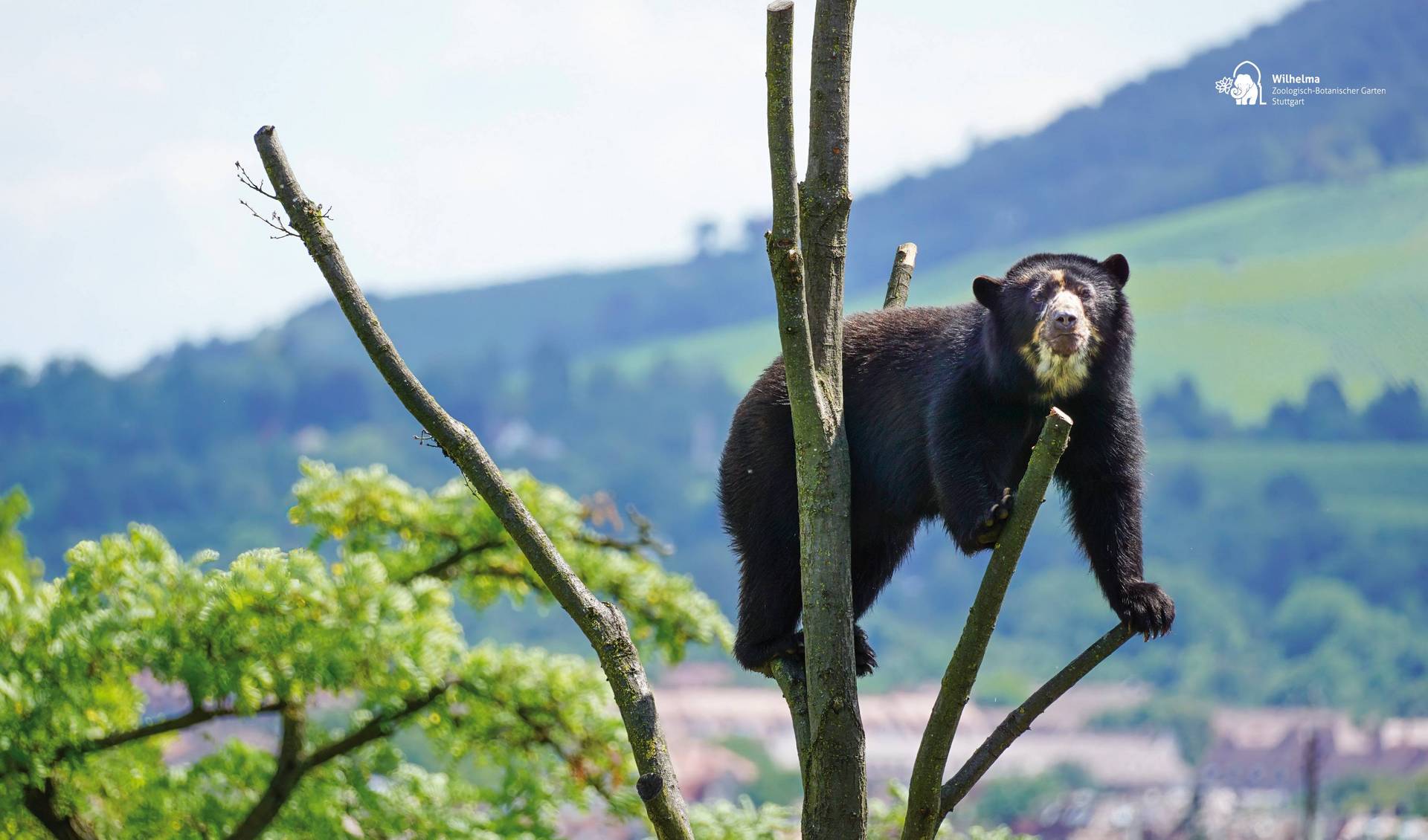Wilhelma Zoo, located in Stuttgart, Germany, is a unique marvel in zoological and botanical gardens. As Germany's only combined zoological-botanical garden, it offers visitors an unparalleled experience that seamlessly blends the wonders of wildlife with the beauty of diverse plant species. Spanning 30 hectares, this extraordinary attraction houses over 11,000 animals from nearly 1,200 species and showcases approximately 8,500 plant varieties.
With its rich history dating back to 1842 and stunning Moorish-style architecture, Wilhelma Zoo attracts millions of visitors annually, making it one of Stuttgart's most popular destinations. This article will explore the fascinating features that make Wilhelma Zoo a must-visit attraction for families, nature enthusiasts, and curious minds alike.
Highlights
- A diverse animal collection, including rare and endangered species
- Extensive botanical gardens with themed areas and historic greenhouses
- Unique Moorish architecture blending history with modern conservation efforts
Contents
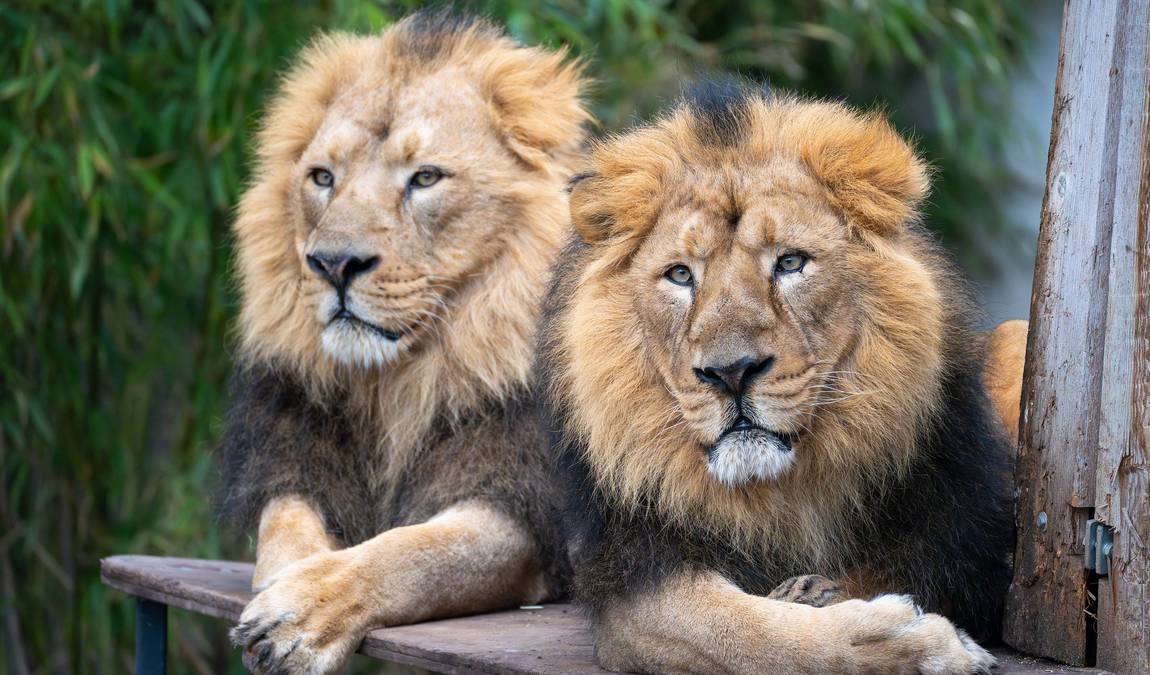 Photo: wilhelma.de
Photo: wilhelma.de
Here is Why Your Kids Will Find it Interesting
Wilhelma Zoo is worth visiting with kids aged 3-12 due to its interactive and educational experiences. Children can explore the petting zoo, where they can feed and interact with friendly farm animals. The zoo's playgrounds, strategically placed throughout the grounds, provide exciting breaks between animal encounters. The daily feeding shows will captivate young wildlife enthusiasts, especially the sea lion performances. For the little ones, the mini-train ride offers a fun way to tour the expansive grounds while learning about various species.
Family-friendly features
- Children's playgrounds and interactive play stations
- Petting zoo with farm animals
- Mini-train rides for exploring the zoo grounds
History and Architecture
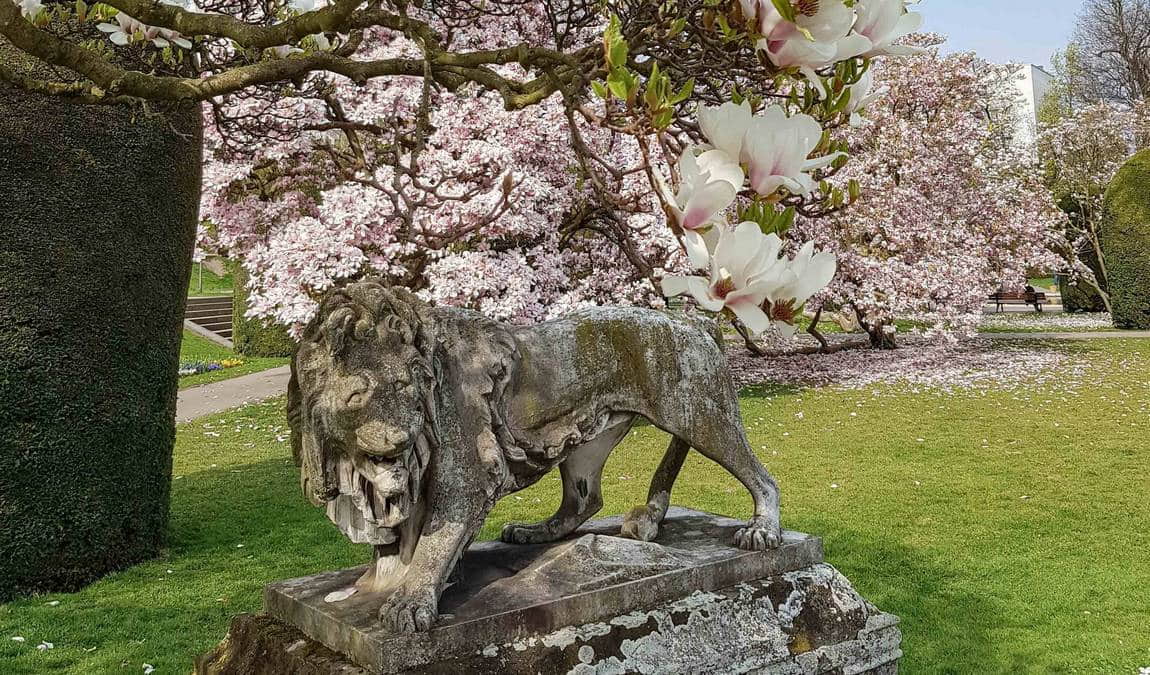 Photo: wilhelma.de
Photo: wilhelma.de
Wilhelma Zoo's origins trace back to King Wilhelm I of Württemberg, who commissioned the construction of a Moorish-style pleasure garden in 1842. Initially designed as a private royal retreat, the garden featured intricate carvings, colorful tiles, and stunning archways reminiscent of the Alhambra in Granada, Spain. After World War II, the site gradually transformed into a public zoological and botanical garden.
The zoo's architecture seamlessly blends historical elements with modern facilities. The Belvedere building, situated on the subtropical terraces, offers panoramic views of the historic park and Bad Cannstatt. Visitors can still admire the original Moorish-style structures, including the Damascene Hall and the Moorish Villa, which transport them to a bygone era of royal splendor.
Animal Attractions
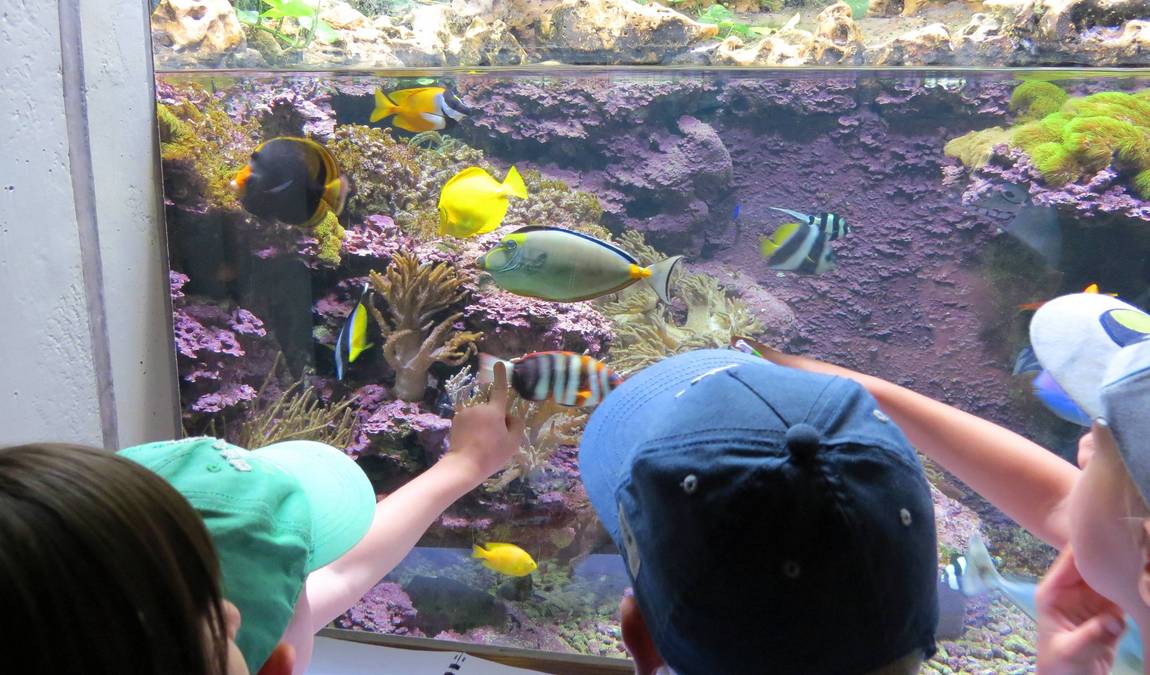 Photo: wilhelma.de
Photo: wilhelma.de
Wilhelma Zoo boasts an impressive array of over 11,000 animals from nearly 1,200 species. The zoo actively participates in breeding programs for endangered species, contributing to global conservation efforts.
Primate enthusiasts will delight in the zoo's extensive collection. The ape house, opened in 2013, is home to gorillas and bonobos. Wilhelma Zoo is renowned for its unique gorilla nursery, the only one of its kind in Europe, where orphaned baby gorillas from other zoos are nurtured.
The Wilhelma Aquarium showcases a diverse range of aquatic life. Visitors can marvel at colorful tropical fish, mesmerizing jellyfish, and vibrant coral reefs. The famous sea lion exhibit features entertaining shows demonstrating these intelligent creatures' agility and skills.
Bird lovers will find plenty to admire at Wilhelma Zoo. The aviary houses various species, including flamingos, eagles, and parrots. The zoo's commitment to avian conservation is evident in its breeding programs for rare and endangered bird species.
Wilhelma Zoo has an impressive collection of big cats, including Sumatran tigers, jaguars, and leopards. Visitors can also observe Asian elephants, polar bears, zebras, meerkats, and giraffes in thoughtfully designed enclosures that mimic their natural habitats.
Botanical Marvels
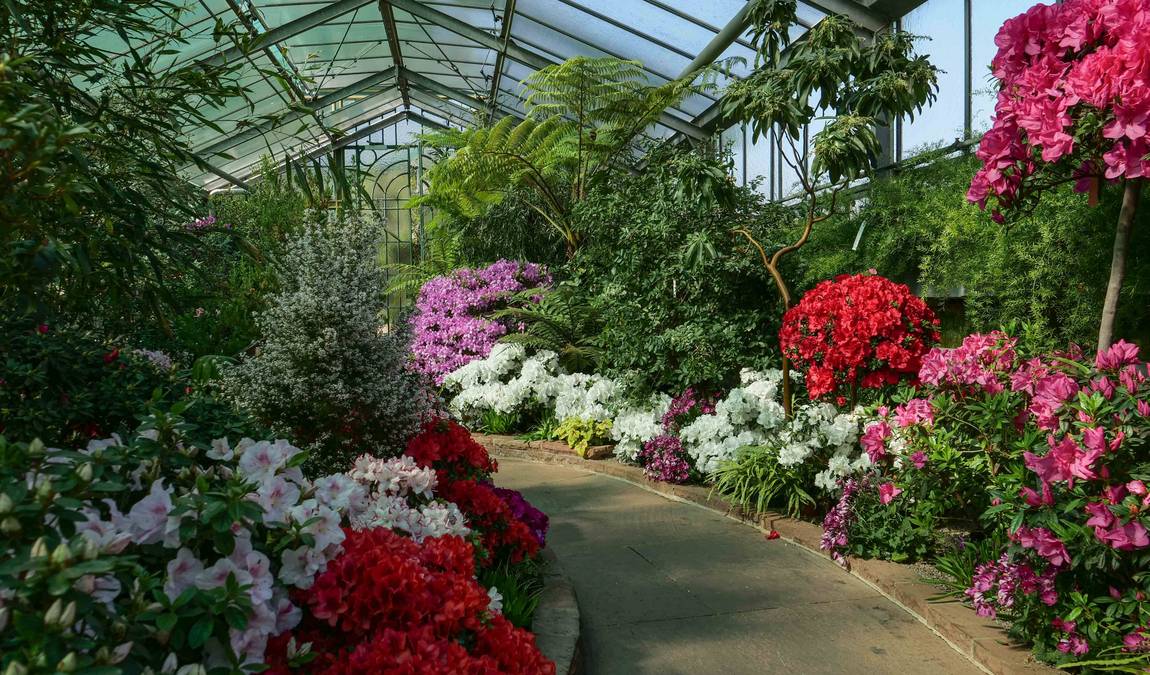 Photo: wilhelma.de
Photo: wilhelma.de
Wilhelma's botanical gardens are a testament to the diversity of plant life. The gardens offer a visual feast with approximately 8,500 plant species and varieties yearly. Highlights include:
- The largest magnolia grove north of the Alps, which blooms spectacularly in March
- Themed gardens showcasing plants from different regions and climates
- Historic greenhouses housing rare and exotic species
- A 650 square meter pond in the Moorish Garden featuring giant water lilies
- Ancient giant sequoia trees planted in the mid-19th century
The botanical collections are beautiful and serve important educational and conservation purposes. Visitors can learn about plant biodiversity, ecology, and the importance of preserving rare species.
Conservation Efforts
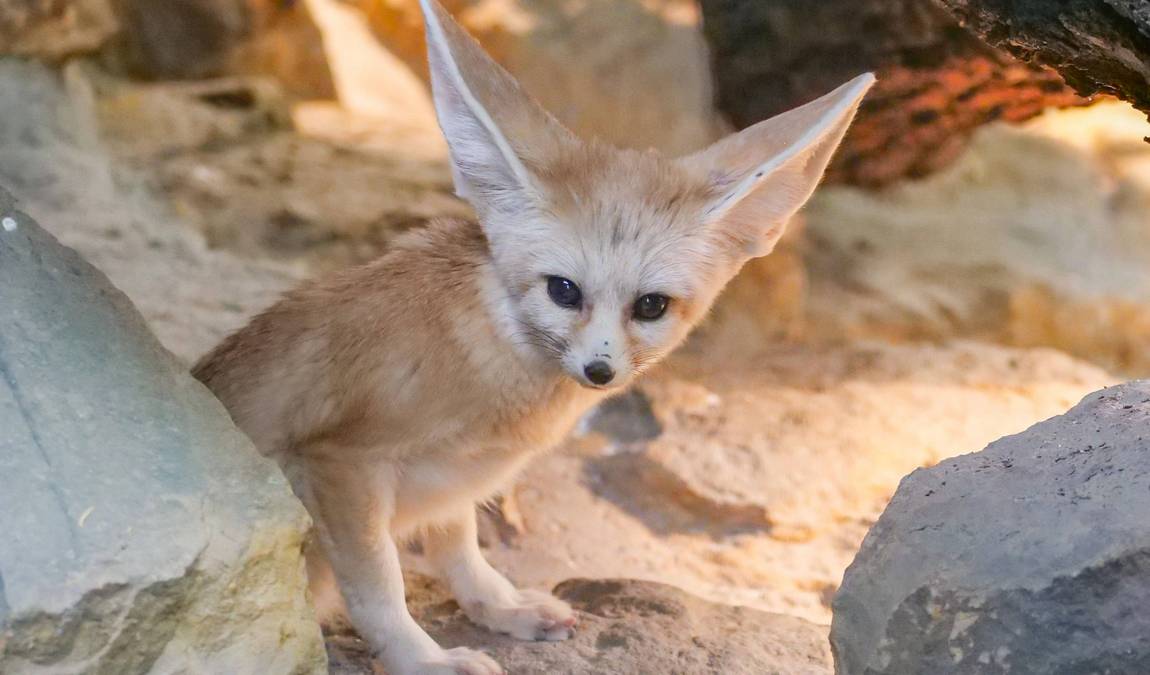 Photo: wilhelma.de
Photo: wilhelma.de
Wilhelma Zoo is deeply committed to conservation and actively participates in numerous initiatives:
- Membership in the European Association of Zoos and Aquaria (EAZA), supporting various conservation campaigns
- Participation in over 50 European Endangered Species Programs (EEP) for breeding and preserving endangered species
- Support for global conservation projects, including in-situ efforts to protect habitats and wildlife
- Focus on educating visitors about the importance of biodiversity and environmental protection
The zoo's conservation efforts extend beyond its gates, with financial and expert support for projects worldwide, helping to safeguard endangered species and their habitats.
One more great place for family walks, Rosenstein Park is 1,3 km away.
Education and Research
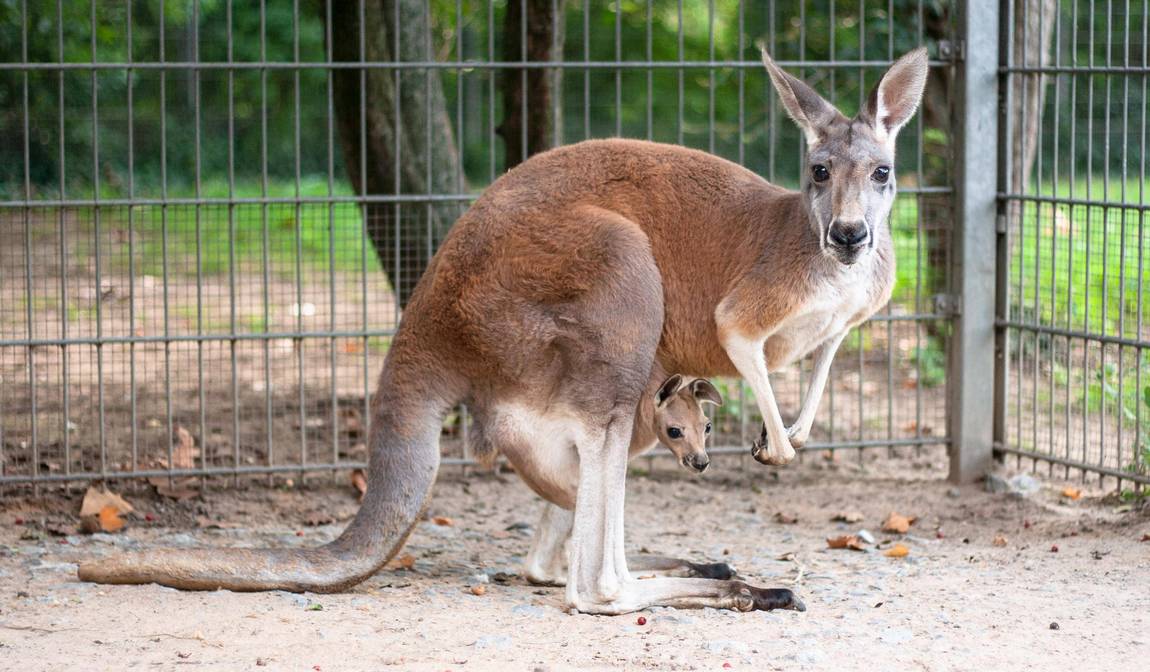 Photo: wilhelma.de
Photo: wilhelma.de
Wilhelma Zoo serves as an essential center for education and scientific research:
- The Wilhelma School offers guided tours, workshops, and lectures for visitors of all ages.
- Environmental education programs designed to raise awareness about conservation and sustainability
- Collaborations with universities and research institutions to study animal behavior, breeding, and conservation techniques
- Informative displays and interactive exhibits throughout the zoo engage and educate visitors.
These educational initiatives aim to inspire a new generation of conservationists and foster a deeper understanding of the natural world.
Best Time to Visit
 Photo: wilhelma.de
Photo: wilhelma.de
The best time to visit Wilhelma Zoo with children is during spring or early autumn weekdays when the weather is mild and crowds are smaller. Arriving early, around 9-10 AM, allows families to enjoy the animals at their most active and avoid the midday heat in summer.
Recommended Duration: A full day (6-8 hours) is ideal for exploring Wilhelma Zoo thoroughly.
Our Resume
Wilhelma Zoo offers a unique blend of zoological and botanical wonders against stunning historical architecture. Its commitment to conservation, education, and family-friendly experiences makes it an ideal destination for visitors of all ages. From rare animals to exotic plants and interactive exhibits to peaceful gardens, Wilhelma Zoo provides an unforgettable journey through the natural world.


